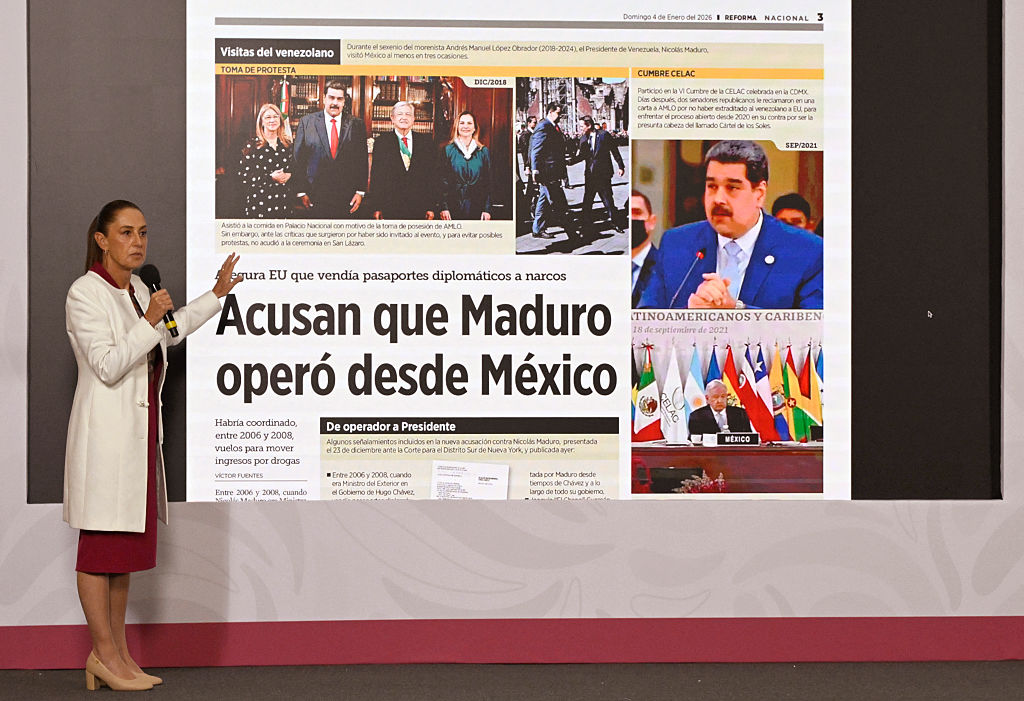As Momentum Grows, Pacific Alliance Seen as Bridge to Asia
As Momentum Grows, Pacific Alliance Seen as Bridge to Asia
With overlapping Asia-Pacific trade negations growing in scope and complexity, Latin America’s Pacific Alliance offers a nimble way to reach Asian markets.
With the moribund global economy in mind, Chilean President Sebastián Piñera took to the pulpit at the November 16 Ibero-American Summit in Cadiz, Spain, to announce deeper integration of the four principal members of the Pacific Alliance. Officially founded in June 2012, this trade bloc—comprised of pro tempore president Chile, as well as Colombia, Mexico, and Peru—has attracted global interest. The group, made up of prospering pro-free-trade economies, continues to draw attention even as the United States spearheads the broader Trans-Pacific Partnership (TPP) and South-East Asian leaders explore the possibility of an exclusively Asian Pacific trade pact. The smaller and more focused Alliance, however, may have the nimbleness to compete with larger trade blocs in building a Pacific-rim trade deal.
Originally set up as a club for Latin American Pacific shoreline countries, the bloc counts several non-Latin countries as official observers, with hopes it will emerge as a robust trade link between Asia’s vast markets and Latin America. Australia, Canada, New Zealand, Spain, and Uruguay now have observer status. Furthermore, Costa Rica and Panama are official candidates for joining. And while the much broader—but also more complex—TPP is already well into negotiations, the smaller Pacific Alliance may come into force as a full operational trade bloc earlier by the very fact that there are fewer members.
Given its smaller size, the Alliance could potentially make trade pacts with the Association of South-East Asian Nations (ASEAN). Speaking at the July 9 ASEAN Latin Business Forum, Mexico's Economy Minister Bruno Ferrari said: “There are plenty of opportunities, it can be bilateral, it can also be regional. We need to work on it, and the time to work is now." At the same conference, ASEAN was invited to become an official observer of the Pacific Alliance, which Indonesia’s trade minister said was “the next logical step" in the relationship.
The Alliance could also start talks with the Regional Comprehensive Economic Partnership (RCEP), announced November 20. This group includes the ASEAN countries as well as Australia, China, India, and Japan, but not the United States. Though still nascent, RCEP would have a combined economic product of $20 trillion and would overlap with the TPP, which excludes China. The United States, which is steering TPP negotiations as part of a refocused Asian trade strategy, could also look to the Latin bloc for a pathway to free Asian trade. AS/COA Vice President Eric Farnsworth says that “even as Washington pivots to Asia, it should be actively looking for ways to work with the Pacific Alliance as a true partner in building trade and investment with Asia. One meaningful way to do that would be to integrate the Alliance into the ongoing negotiations for the TPP.”
The Pacific Alliance has already made headway in integrating its four economies. So far, the four members lifted extensive visa requirements and tariffs, created joint overseas trade offices, and began merging stock markets. In Cadiz this month, the Alliance announced a series of new measures, including termination of 90 percent of tariffs on goods traded within the four countries, the implementation of a unified infrastructure for foreign trade, and the creation of a public-private committee to advise private enterprise and investors operating in the bloc. The first point, however, is considered moot as all countries have preexisting bilateral trade agreements in place, and inter-Alliance trading accounts for only 3 percent of combined global trade. The crux of the initiative, says University of Bath academic Gian Luca Gardini, is for the unified bloc “to act as a platform for international political and economic projection, with special emphasis on the Asia-Pacific.”
In other Pacific trade news:
- The European Union will ratify a free-trade agreement with Peru and Colombia on December 10 and the trade pact is likely to go into effect in February or March of next year.
- On November 26, Peru and Japan set up a committee as part of their bilateral free-trade pact to help facilitate business and trade between the two countries.
- Chile’s exports to China, its largest trading partner, have increasingly diversified away from copper, reports China Daily. The Asian giant developed a taste for Chilean fruit, fish, and nuts, among other agricultural products, and the South American country provided 54 percent of China’s apple imports in 2011.








